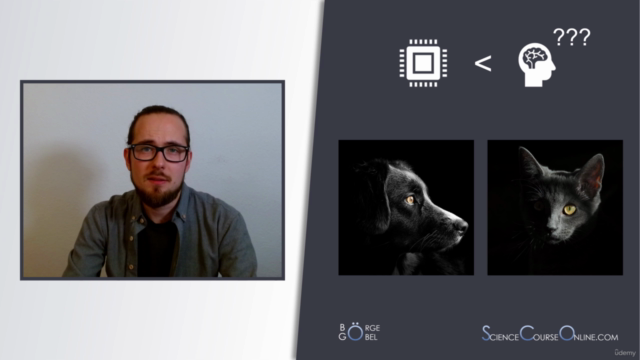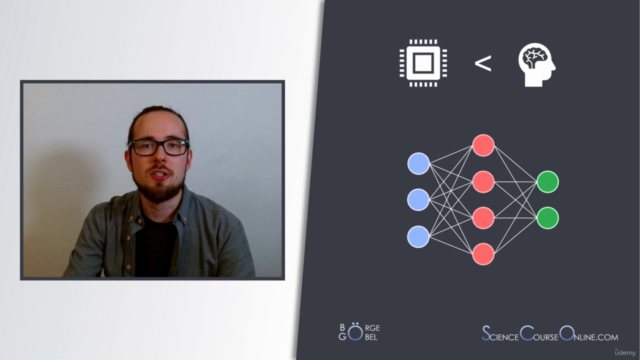Neural Networks in Python from Scratch: Learning by Doing
From intuitive examples to image recognition in 3 hours - Experience neuromorphic computing & machine learning hands-on
4.65 (55 reviews)

682
students
3.5 hours
content
Jan 2024
last update
$69.99
regular price
What you will learn
Program neural networks for 3 different problems from scratch in plain Python
Start simple: Understand input layer, output layer, weights, error function, accuracy, training & testing at an intuitive example
Complicate the problem: Introduce hidden layers & activation functions for building more useful networks
Real-life application: Use this network for image recognition
Screenshots




Related Topics
4722462
udemy ID
6/7/2022
course created date
7/17/2022
course indexed date
Bot
course submited by